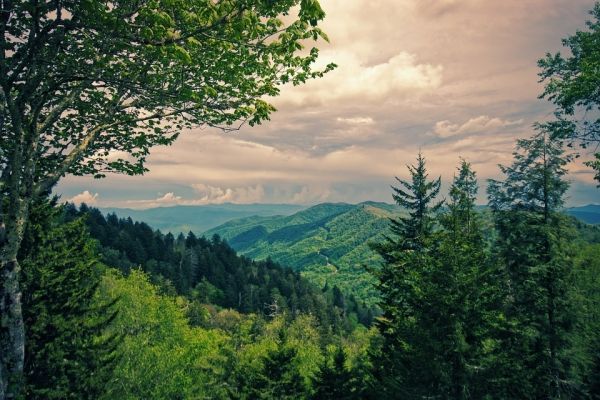Forests in the eastern United States that are structurally complex — meaning the arrangement of vegetation is highly varied — sequester more carbon, according to a new study led by researchers at Virginia Commonwealth University.
The study demonstrates for the first time that a forest’s structural complexity is a better predictor of carbon sequestration potential than tree species diversity. The discovery may hold implications for the mitigation of climate change.
“Carbon dioxide, a potent greenhouse gas, is taken up by trees through the process of photosynthesis and some of that ‘fixed’ carbon is allocated to wood,” said Chris Gough, Ph.D., corresponding author on the study and an associate professor in the Department of Biology in the College of Humanities and Sciences. “Our study shows that more complex forests are better at taking up and sequestering carbon in wood and, in doing so, they leave less carbon dioxide in the air.”
The study, “High Rates of Primary Production in Structurally Complex Forests,” will be published in a forthcoming issue of Ecology, a journal of the Ecological Society of America.
Read more at Virginia Commonwealth University
Photo Credit: McRonny via Pixabay


